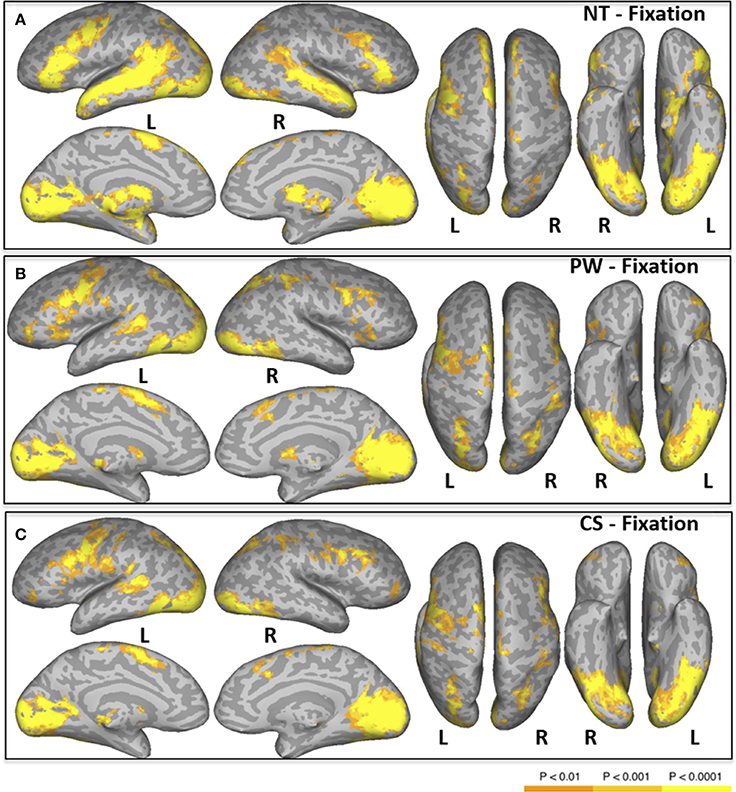Neural pathways may strengthen our habits Biology Diagrams
Neural pathways may strengthen our habits Biology Diagrams This article is part of the Research Topic Neural Basis of Reading Acquisition and Awareness of the fine-grain level of phonology, the phoneme, is especially important for reading alphabetic writing systems and failures to achieve this awareness may be an indicator of risk for dyslexia. The activation of the thalamus pathway was

In this article, we present recent neuroimaging studies performed to identify the neural network involved in handwriting. These studies, carried out in adults and in children, suggest that the mastery of handwriting is based on the involvement of a network of brain structures whose involvement and inter-connection are specific to writing alphabet characters. This prospect is true in typically developing readers, struggling readers, and those identified with the term specific reading disability (SRD), encompassing both word- and text-level difficulties in reading (American Psychiatric Association, 2013). There are multiple ways different cultures have represented language through writing. Functional and structural neuroimaging studies of adult readers have provided a deeper understanding of the neural basis of reading, yet such findings also elicit new questions about how developing neural systems come to support this learned ability. A developmental cognitive neuroscience approach p …

Two Brain Networks Are Activated While Reading Biology Diagrams
The neural activity of these patients was measured while reading three forms of sentences: regular sentences; "Jabberwocky" sentences (based on Lewis Carroll's "Jabberwocky" poem), which use correct grammar and syntax but contain nonsense words, making them meaningless; and lists of words or nonsense words. Image is in the public domain Each part of the brain works in concert by forming efficient and fast neural pathways as we read. The brain consists of two sides or hemispheres. Each side can be divided into four lobes or regions: frontal, parietal, temporal, and occipital. The left side of the brain is associated with language processing, speech, and reading.

Abstract. Determining how the cognitive components of reading—orthographic, phonological, and semantic representations—are instantiated in the brain has been a long-standing goal of psychology and human cognitive neuroscience. The two most prominent computational models of reading instantiate different cognitive processes, implying different neural processes. Artificial neural network (ANN
PDF Neurobiology Research Findings: How the Brain Works During Reading Biology Diagrams
Independent research conducted at Stanford and Harvard demonstrated that Fast ForWord creates physical changes in the brain as it builds new connections and strengthens the neural pathways, specifically in the areas of reading. After just eight weeks of use, weak readers developed the brain activity patterns that resemble those of strong readers.
